The “David” is a marble statue that stands 5 meters and 17 centimeters tall. Sculpted between 1501 and 1504, its one of Michelangelo Buonarroti’s masterpieces and one of the most important Italian artworks of all time.
Michelangelo was one of the greatest representatives of the Renaissance, a period of extraordinary cultural development that followed the dark centuries of the Middle Ages. Beginning in Italy in the middle of the 15th century, the Renaissance focused on man and creative intelligence. The classical spirit returned in art, as well as the aesthetic canons of beauty and harmony.
Florence was the center of this cultural development thanks to the patronage of the de’ Medici family, at the time the lords of the city. Michelangelo was trained at their court.
In 1494, a series of political mistakes led to the expulsion of the de’ Medici from Florence and the proclamation of a republic. The city maintained its cultural vitality and Michelangelo was ordered to create a large sculpture representing Republican ideals of courage and freedom, thus the “David” statue was born.
The statue was inspired by the biblical battle between the young shepherd David and the warrior Goliath. To protect his own people, David confronted an opponent far larger and stronger than himself. Armed with just a sling, he managed to defeat Goliath. His victory was considered a symbol of courage and love for one’s people.
Michelangelo maintained the classical canons of nudity for his athletic figure, but abandoned the idea of portraying his subject as calm or tranquil. The sculpture portrays David before the fight, capturing the moment of maximum physical and psychological tension. David looks as if he’s in deep concentration, his hands grasping the sling. His body is immobile, but clearly ready for action.
The sculpture expresses powerful emotion and great determination. At the same time, it exalts man’s moral and physical greatness, celebrating Renaissance values. The statue represented the city of Florence: a Republic fearlessly confronting stronger opponents while asserting its own cultural richness. The Florentines appreciated Michelangelo’s handiwork, and adopted David as their city’s symbol.
David is on display in the Accademia Gallery in Florence. A marble copy can be seen in Piazza della Signoria.
Michelangelo was one of the greatest representatives of the Renaissance, a period of extraordinary cultural development that followed the dark centuries of the Middle Ages. Beginning in Italy in the middle of the 15th century, the Renaissance focused on man and creative intelligence. The classical spirit returned in art, as well as the aesthetic canons of beauty and harmony.
Florence was the center of this cultural development thanks to the patronage of the de’ Medici family, at the time the lords of the city. Michelangelo was trained at their court.
In 1494, a series of political mistakes led to the expulsion of the de’ Medici from Florence and the proclamation of a republic. The city maintained its cultural vitality and Michelangelo was ordered to create a large sculpture representing Republican ideals of courage and freedom, thus the “David” statue was born.
The statue was inspired by the biblical battle between the young shepherd David and the warrior Goliath. To protect his own people, David confronted an opponent far larger and stronger than himself. Armed with just a sling, he managed to defeat Goliath. His victory was considered a symbol of courage and love for one’s people.
Michelangelo maintained the classical canons of nudity for his athletic figure, but abandoned the idea of portraying his subject as calm or tranquil. The sculpture portrays David before the fight, capturing the moment of maximum physical and psychological tension. David looks as if he’s in deep concentration, his hands grasping the sling. His body is immobile, but clearly ready for action.
The sculpture expresses powerful emotion and great determination. At the same time, it exalts man’s moral and physical greatness, celebrating Renaissance values. The statue represented the city of Florence: a Republic fearlessly confronting stronger opponents while asserting its own cultural richness. The Florentines appreciated Michelangelo’s handiwork, and adopted David as their city’s symbol.
David is on display in the Accademia Gallery in Florence. A marble copy can be seen in Piazza della Signoria.
RELATED
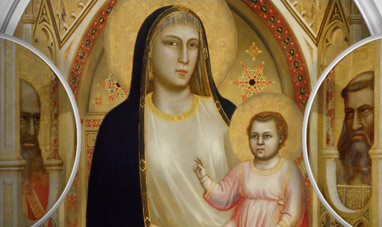

THE MADONNA DI OGNISSANTI
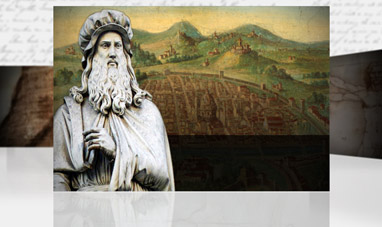

LEONARDO DA VINCI


MADONNA OF THE GOLDFINCH
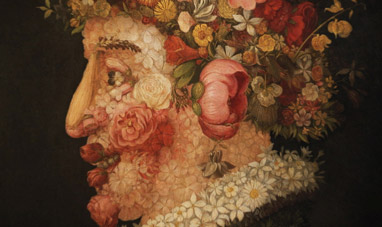

MANNERISM
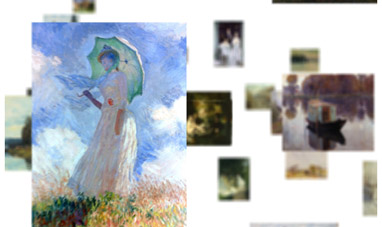

IMPRESSIONISM


THE THREE GRACES
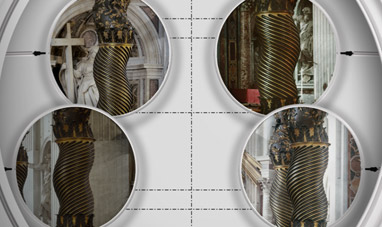

ST. PETER'S BALDACHIN
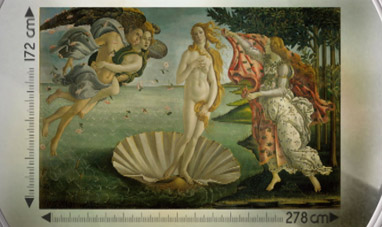

THE BIRTH OF VENUS
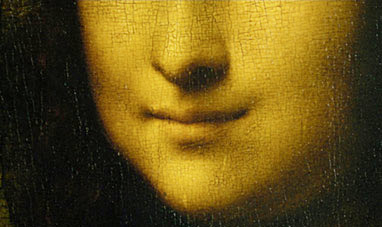

THE MONA LISA
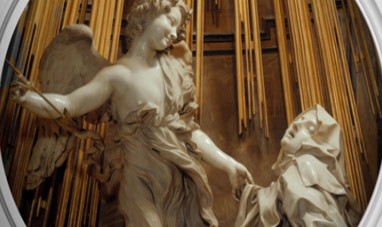

THE ECSTASY OF SAINT TERESA
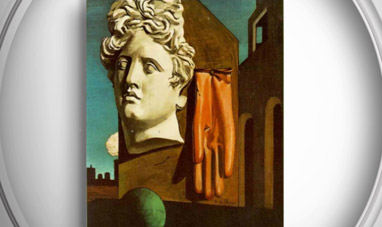

LOVE SONG
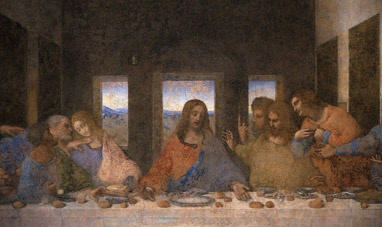

THE LAST SUPPER
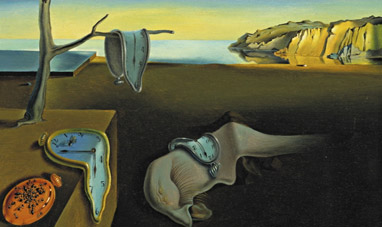

THE PERSISTENCE OF MEMORY
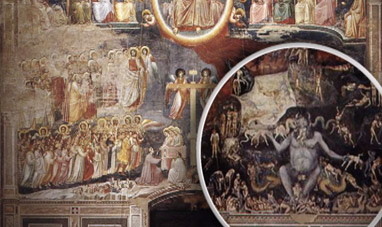

SCROVEGNI CHAPEL


THE SISTINE CHAPEL
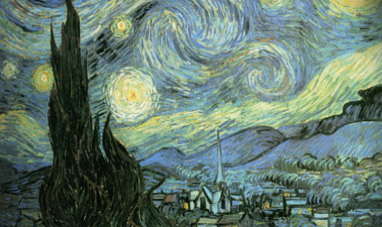

STARRY NIGHT
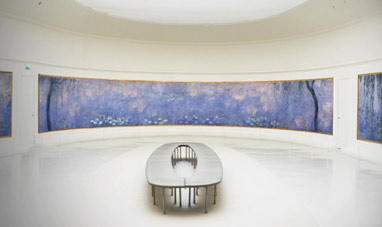

WATER LILIES (SERIES)
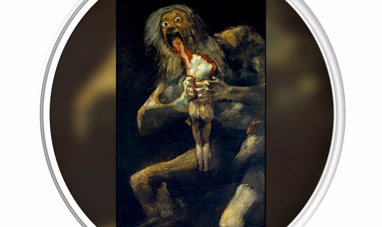

SATURN DEVOURING HIS SON
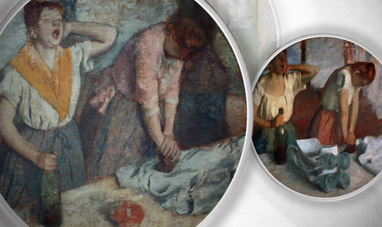

WOMEN IRONING
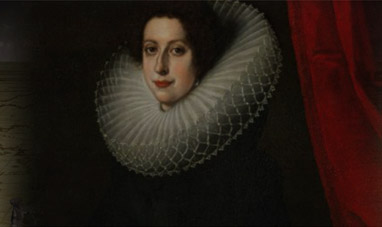

CATHERINE DE MEDICI
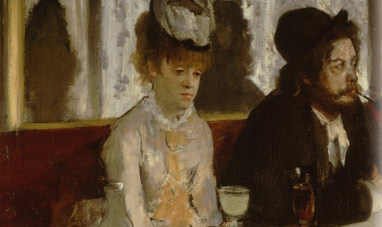

L'ABSINTHE
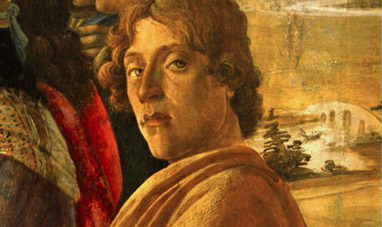

SANDRO BOTTICELLI
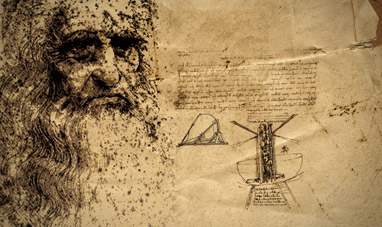

LEONARDO DA VINCI
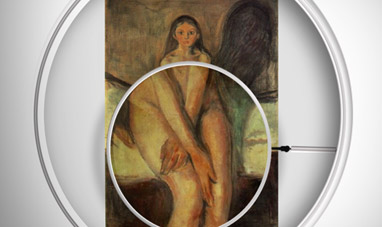

PUBERTY
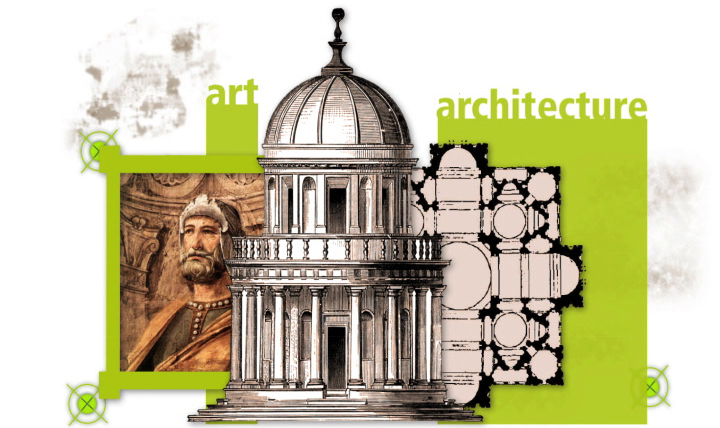

DONATO BRAMANTE
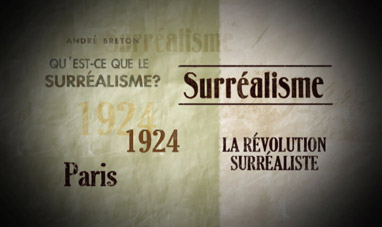

SURREALISM


ROMANTICISM
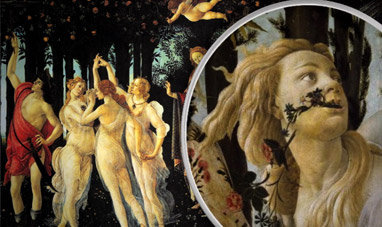

PRIMAVERA


BAROQUE
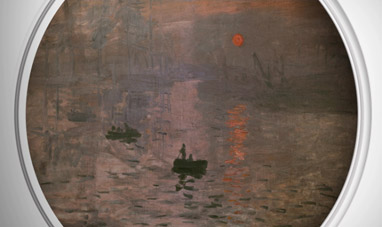

IMPRESSION, SUNRISE
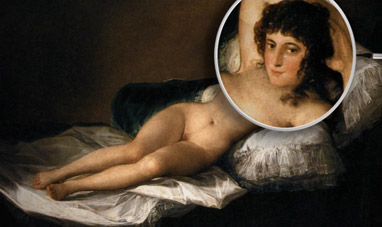

THE NUDE MAJA
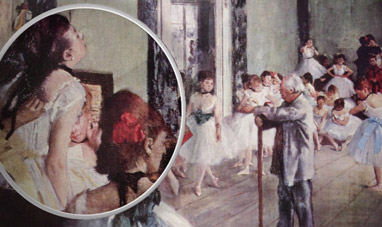

THE DANCE CLASS
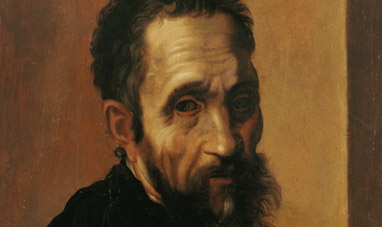

MICHELANGELO BUONARROTI
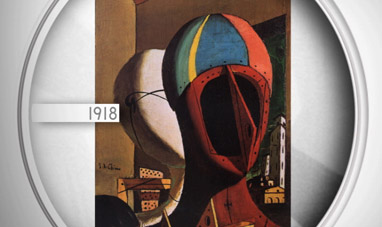

DISQUIETING MUSES
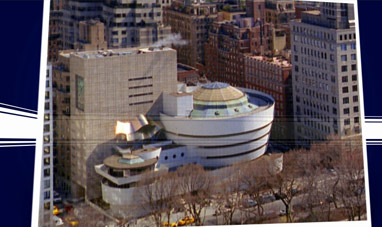

SOLOMON R. GUGGENHEIM MUSEUM
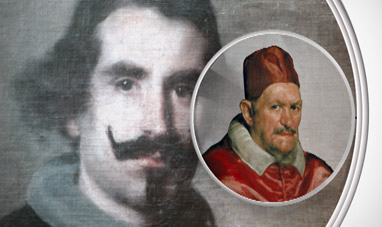

INNOCENT X
